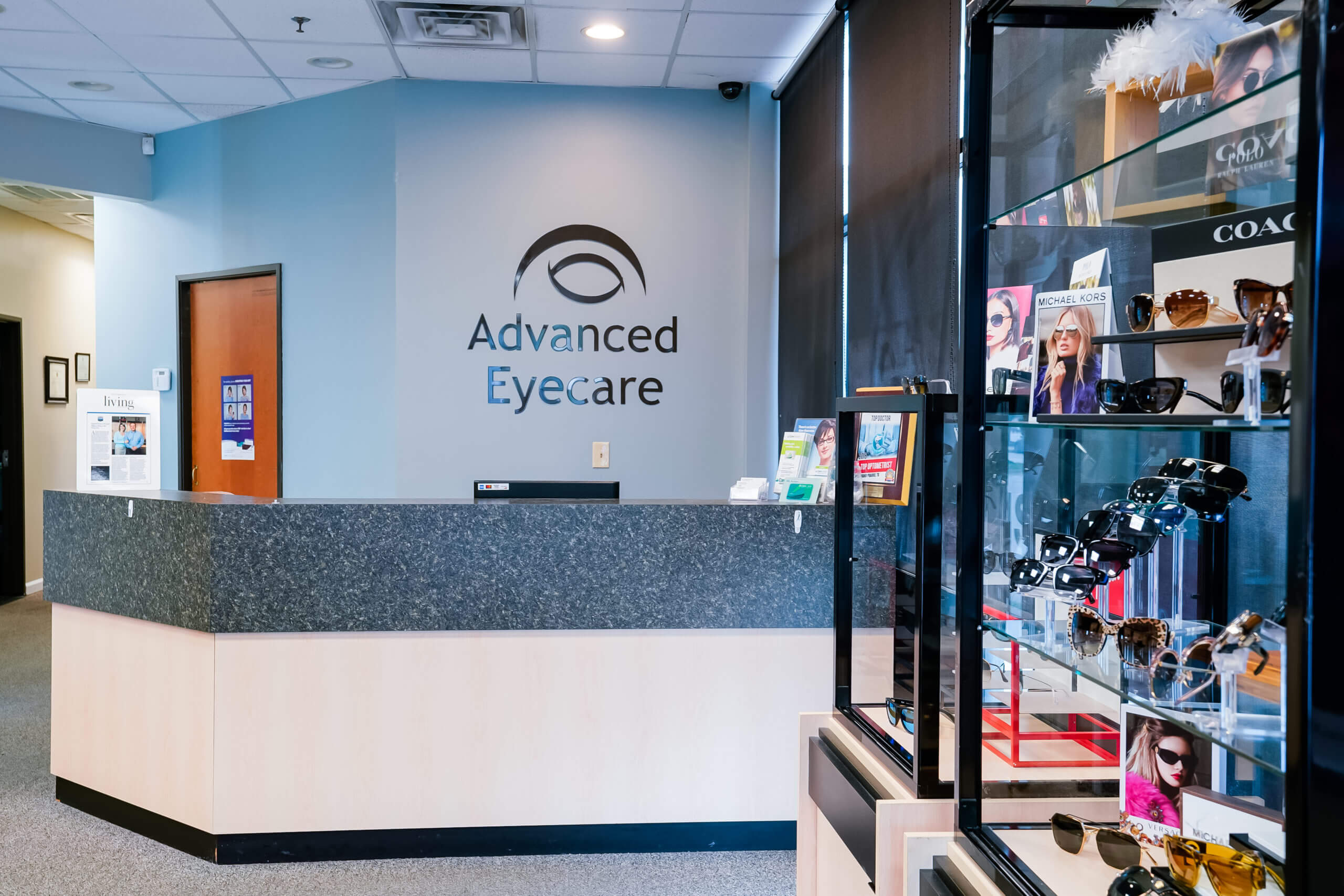Andalusia Eye Center: Premier Services for Vision Modification
Andalusia Eye Center: Premier Services for Vision Modification
Blog Article
The Benefits And Drawbacks of Different Refractive Surgeries for Improved Eyecare

LASIK Surgical Procedure
LASIK surgical procedure is a typically carried out refractive procedure that aims to correct vision concerns such as nearsightedness, astigmatism, and farsightedness. During the treatment, a thin flap is produced on the cornea, and a laser is used to improve the underlying cells, fixing the refractive mistake.
One of the primary benefits of LASIK surgical treatment is the rapid improvement in vision experienced by several clients. It is important for people considering LASIK surgery to undertake a complete evaluation by an eye treatment expert to identify if they are ideal prospects for the procedure.
PRK Procedure
The PRK procedure, additionally understood as Photorefractive Keratectomy, is a kind of refractive surgery that intends to fix vision issues comparable to LASIK surgery. Unlike LASIK, which entails producing a flap in the cornea, PRK functions on the surface layer of the cornea.
One of the advantages of PRK over LASIK is that it eliminates the danger of flap-related complications because no flap is produced throughout the surgery. Regardless of the longer recuperation period, PRK can be an appropriate choice for people seeking vision correction surgical procedure.
SMILE Surgery
An advanced refractive surgery technique obtaining popularity in the area of ophthalmology is SMILE Surgery. Tiny Laceration Lenticule Extraction (SMILE) is a minimally intrusive treatment that corrects vision by reshaping the cornea making use of a femtosecond laser. Unlike typical LASIK surgical procedure, SMILE Surgery entails developing a little cut in the cornea to extract a lenticule, which results in much less disturbance to the corneal structure and possibly faster recuperation times.
One of the key benefits of SMILE Surgical treatment is its capacity to treat myopia (nearsightedness) and astigmatism with high accuracy, resulting in excellent visual end results for clients. The minimally invasive nature of the treatment likewise lowers the danger of problems such as completely dry eye syndrome, making it a beneficial alternative for individuals seeking refractive surgical treatment.

LASEK Strategy
Having explored the benefits and factors to consider of SMILE Surgical procedure, one more significant refractive surgical treatment method worth examining is the LASEK Method. LASEK, which represents Laser-Assisted Subepithelial Keratectomy, is a form of laser eye surgical procedure that aims to remedy refractive errors such as myopia (nearsightedness), hyperopia (farsightedness), and astigmatism.
Unlike LASIK, LASEK does not entail developing a corneal flap. Rather, throughout a LASEK procedure, the doctor utilizes a diluted alcohol solution to loosen the slim outer layer of the cornea, understood as the epithelium. This layer is after that delicately moved apart to allow the laser to reshape the underlying corneal cells. As soon as the cornea has been reshaped to the desired degree, the epithelial layer is repositioned.
Among the key advantages of LASEK is that it can be suitable for people with slim corneas who might not be excellent candidates for LASIK. Furthermore, LASEK usually leads to minimal post-operative pain and a quicker healing time contrasted to PRK. The visual recovery procedure with LASEK may be slightly longer than with LASIK.
Implantable Contact Lenses
Implantable Call Lenses use a long-term vision adjustment solution for individuals looking for an alternative to traditional get in touch with lenses or glasses. These lenses, also called phakic intraocular lenses, are surgically placed into the eye to remedy refractive mistakes such as nearsightedness (nearsightedness), hyperopia (farsightedness), and astigmatism. eye center andalusia. Unlike typical contact lenses that rest on the surface area of the eye, implantable get in touch with lenses function within the eye itself, offering clear vision without the requirement for day-to-day upkeep or removal
One of the essential advantages of implantable get in touch with lenses is their Clicking Here permanence. When inserted, they can remain in the eye indefinitely, providing steady and consistent vision improvement. Furthermore, these lenses can be an excellent choice for individuals who are not good candidates for laser eye surgical treatment or that choose a reversible vision modification treatment.
However, implantable get in touch with lenses do lug some dangers, consisting of the possibility for useful source cataracts or raised eye pressure. It is essential for people considering this alternative to seek advice from an eye care professional to determine if implantable contact lenses are the ideal option for their particular demands and eye health.
Verdict
In conclusion, each type of refractive surgical treatment has its very own benefits and drawbacks. LASIK surgical treatment is popular for its quick recuperation time, while PRK procedure might be suitable for patients with thin corneas.

Overall, SMILE Surgery presents an appealing option for people looking to enhance their vision with refractive surgical treatment.
Report this page